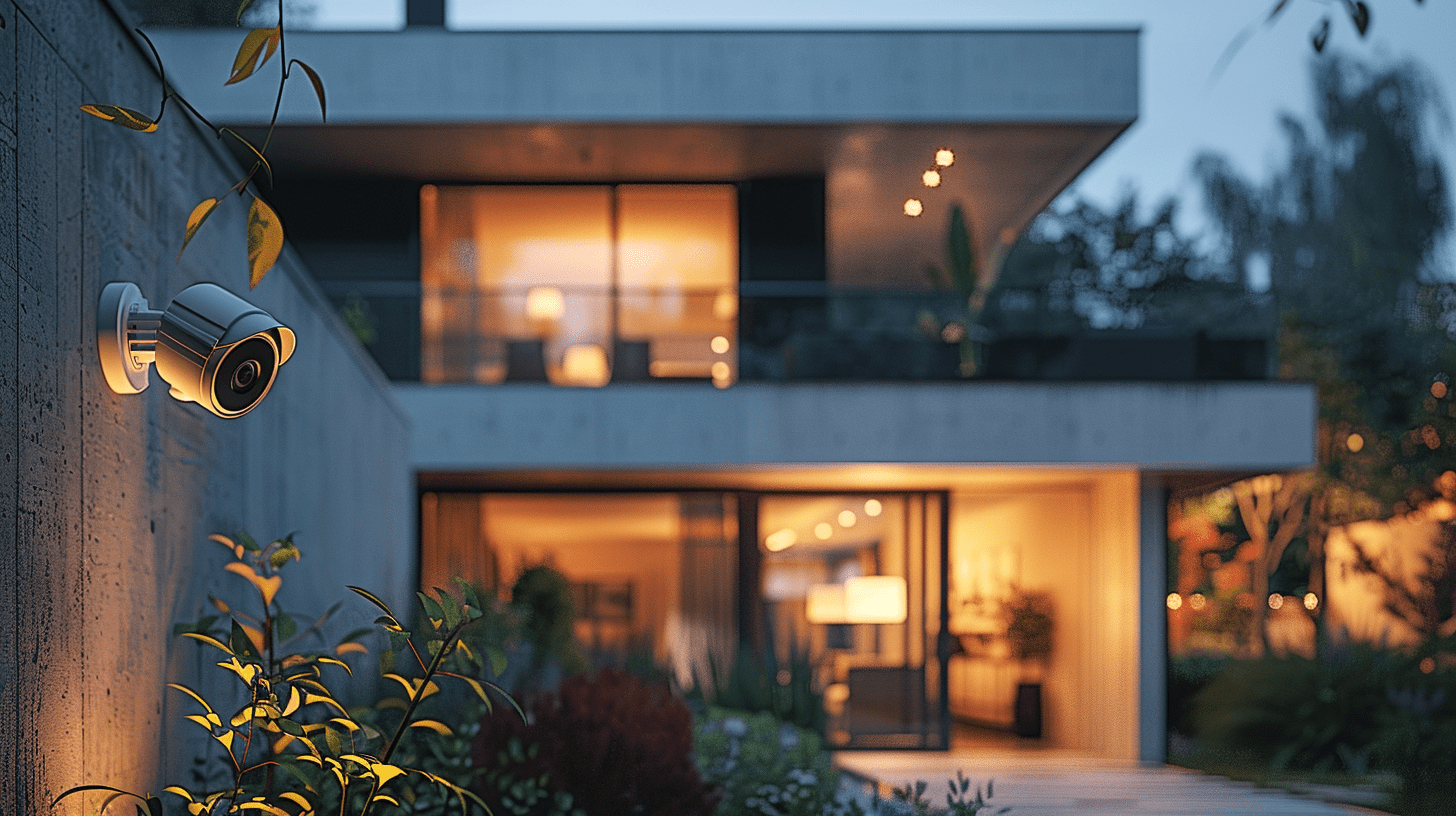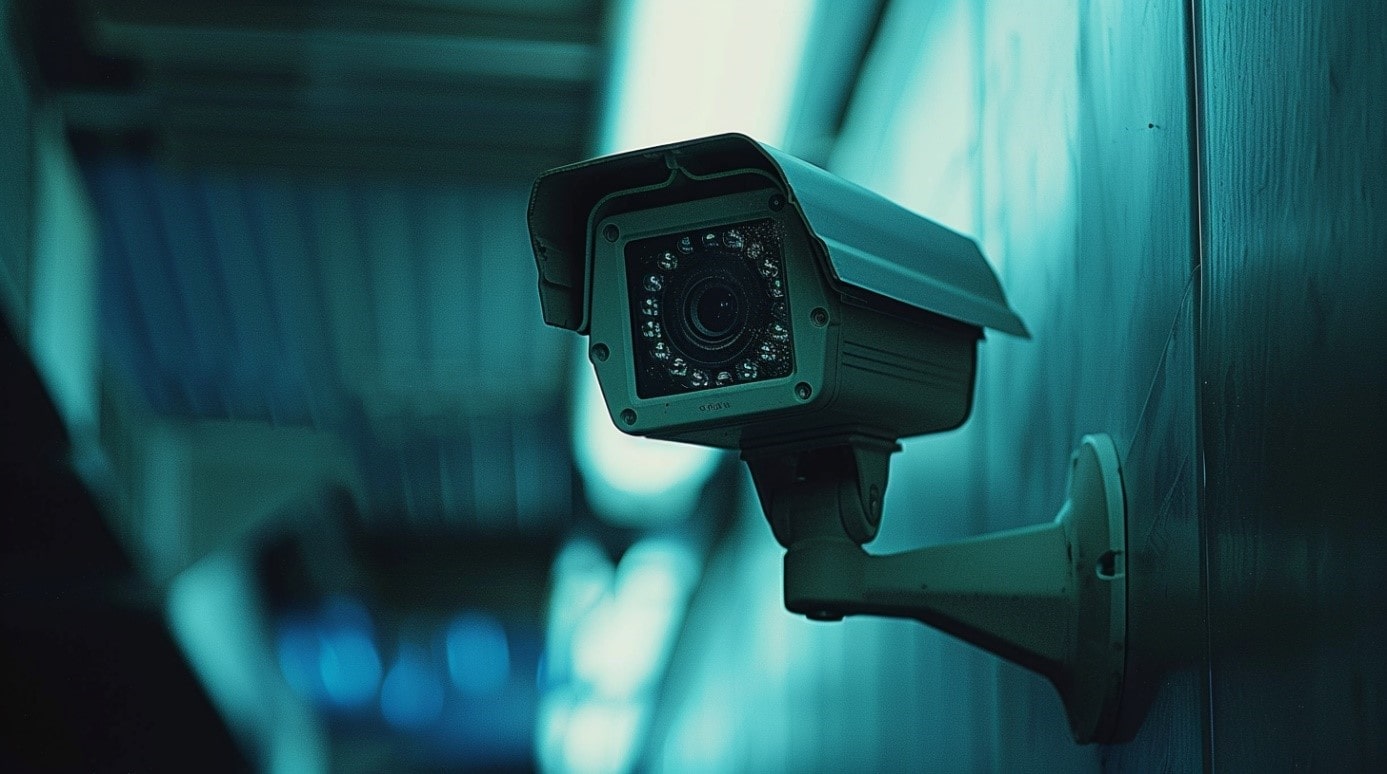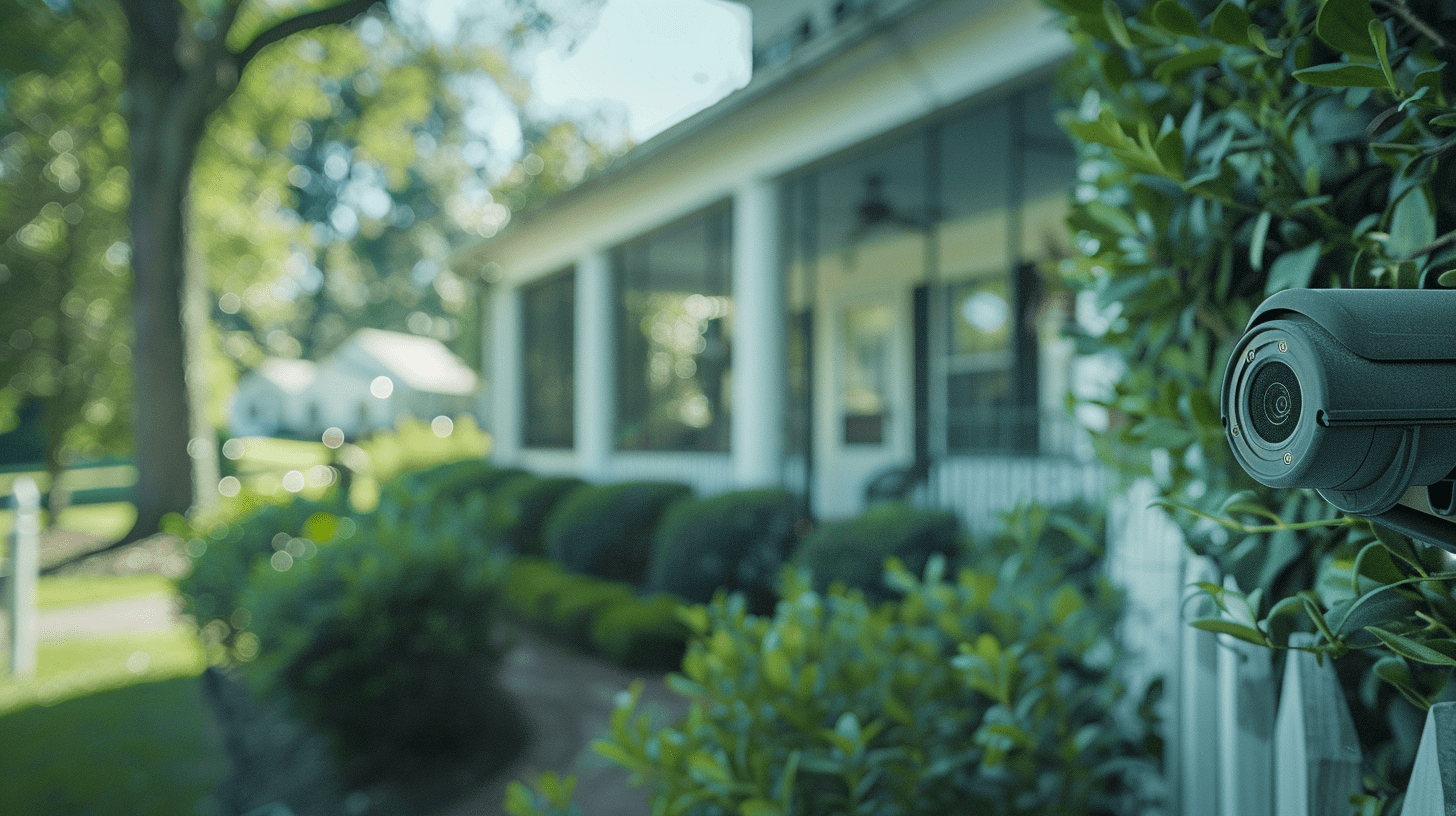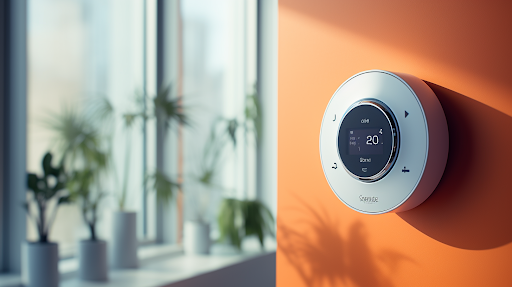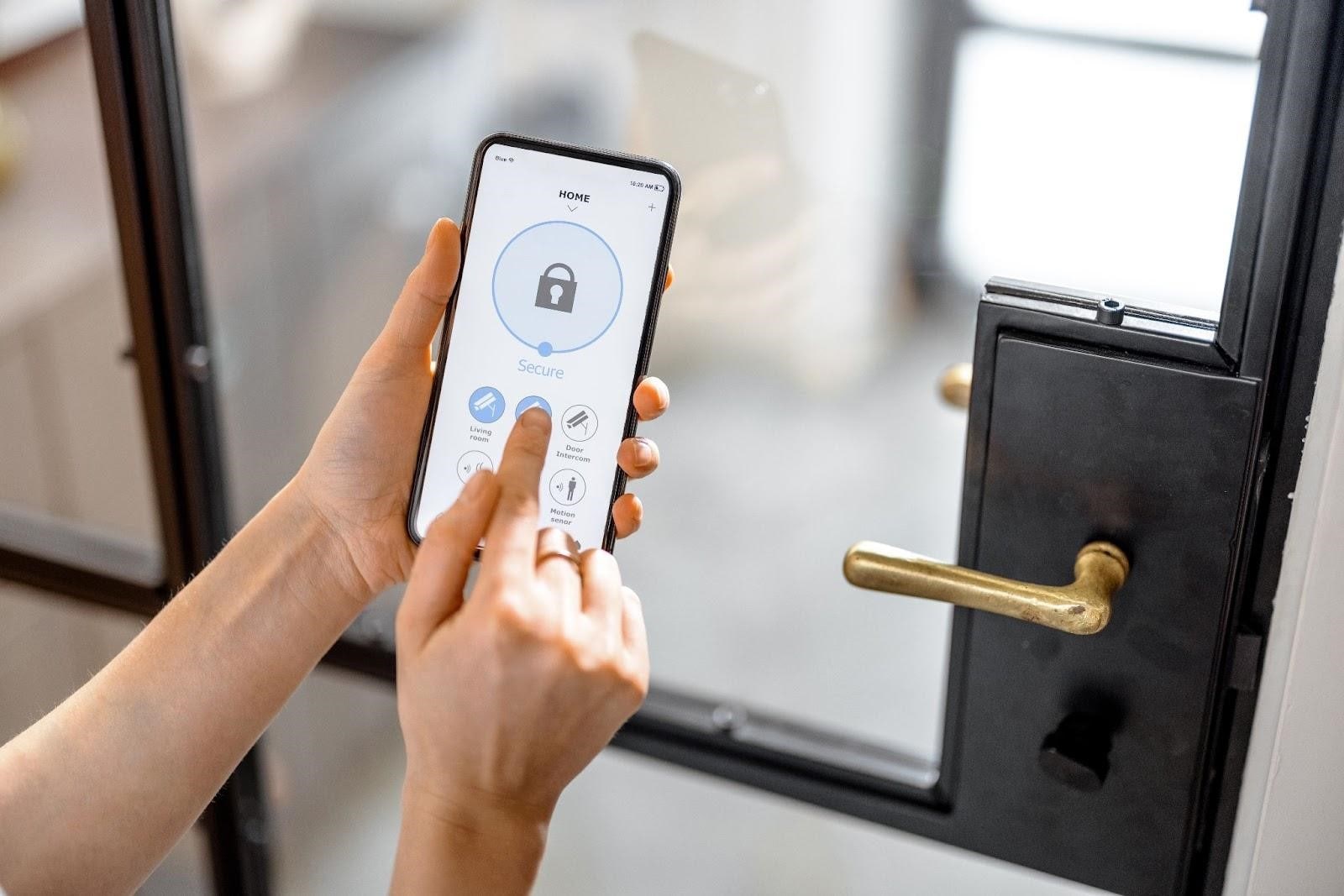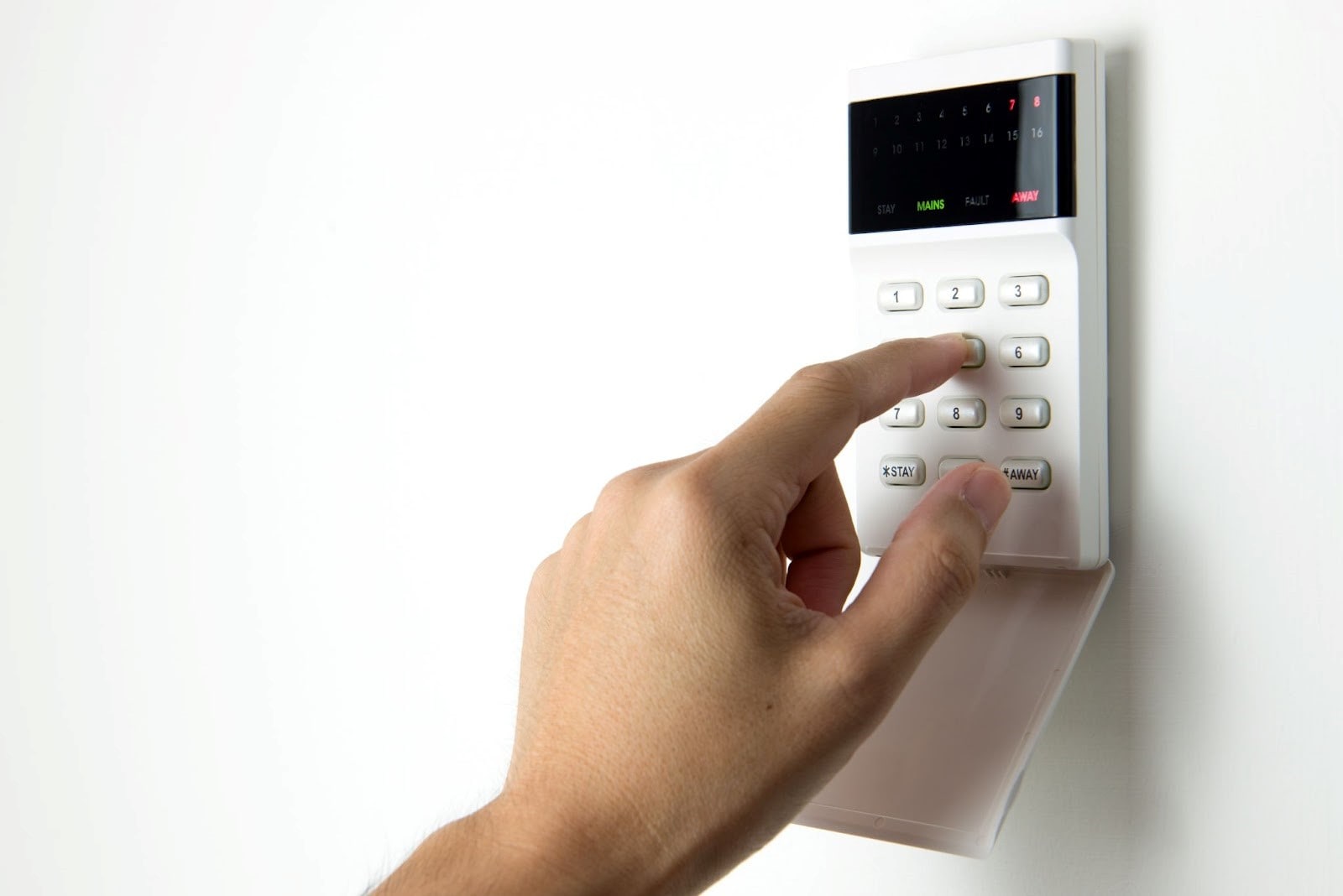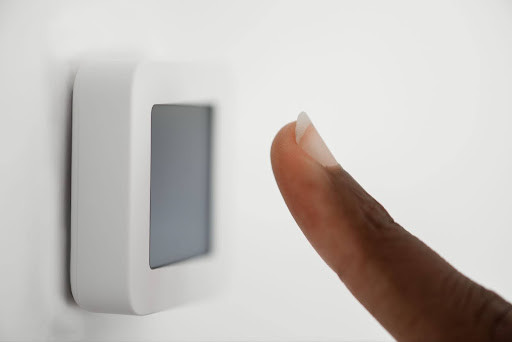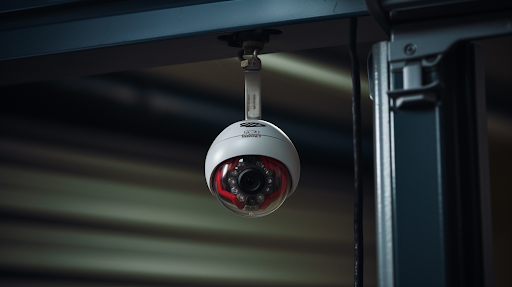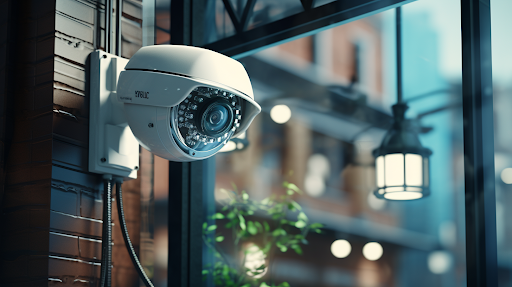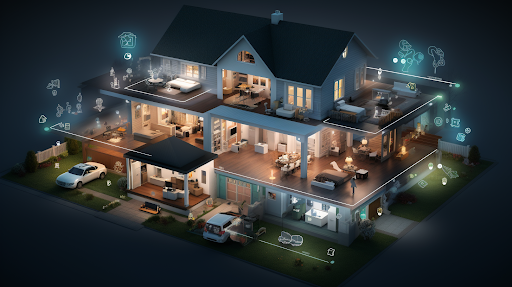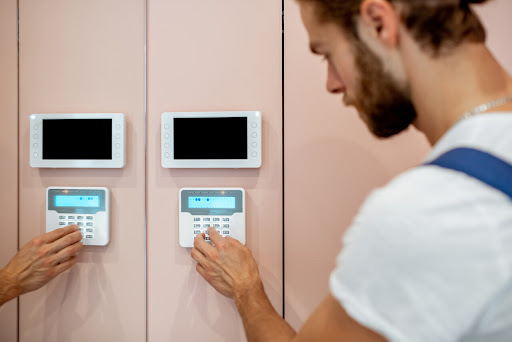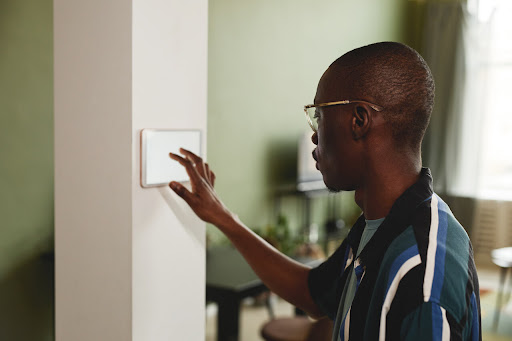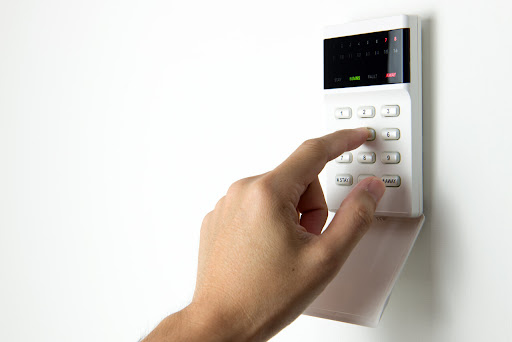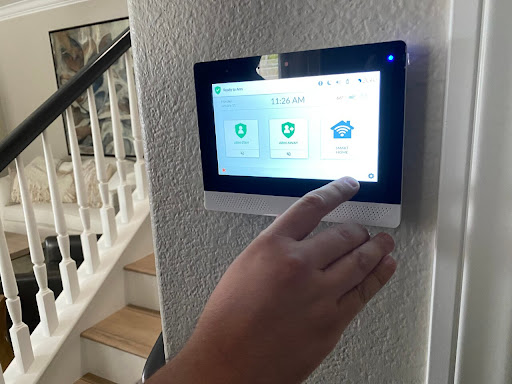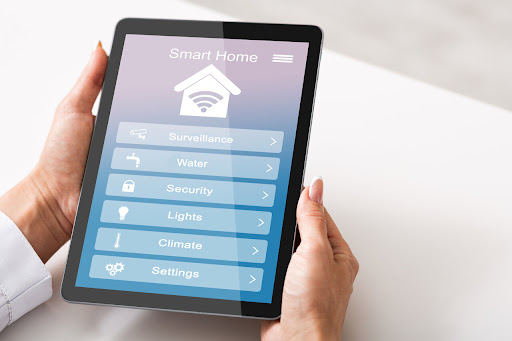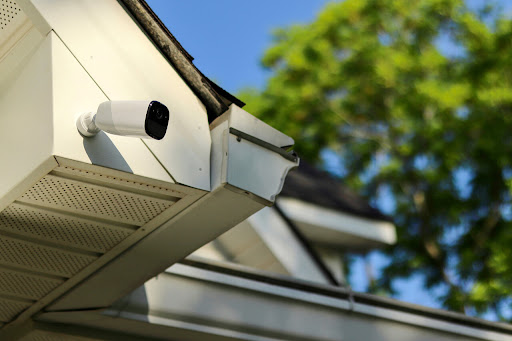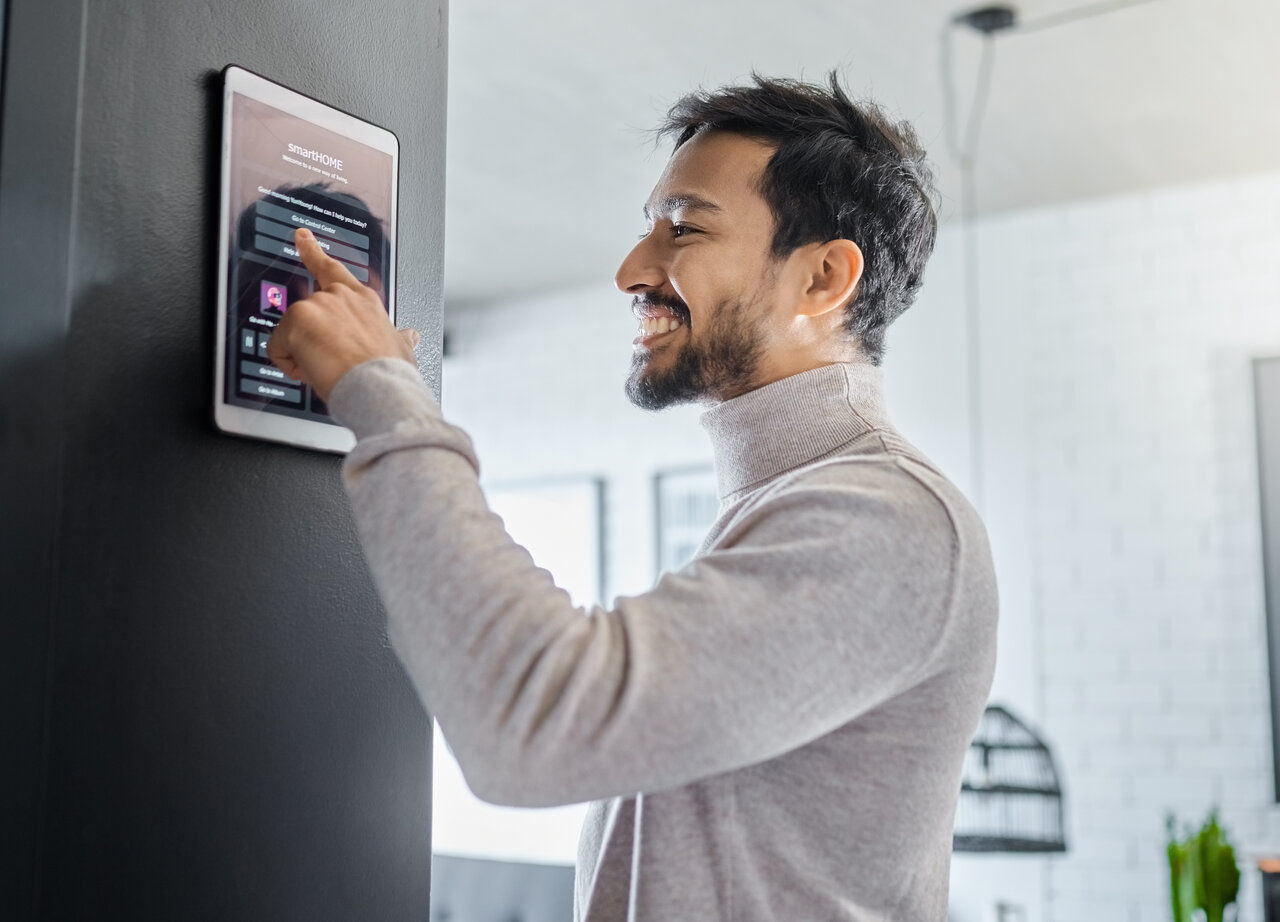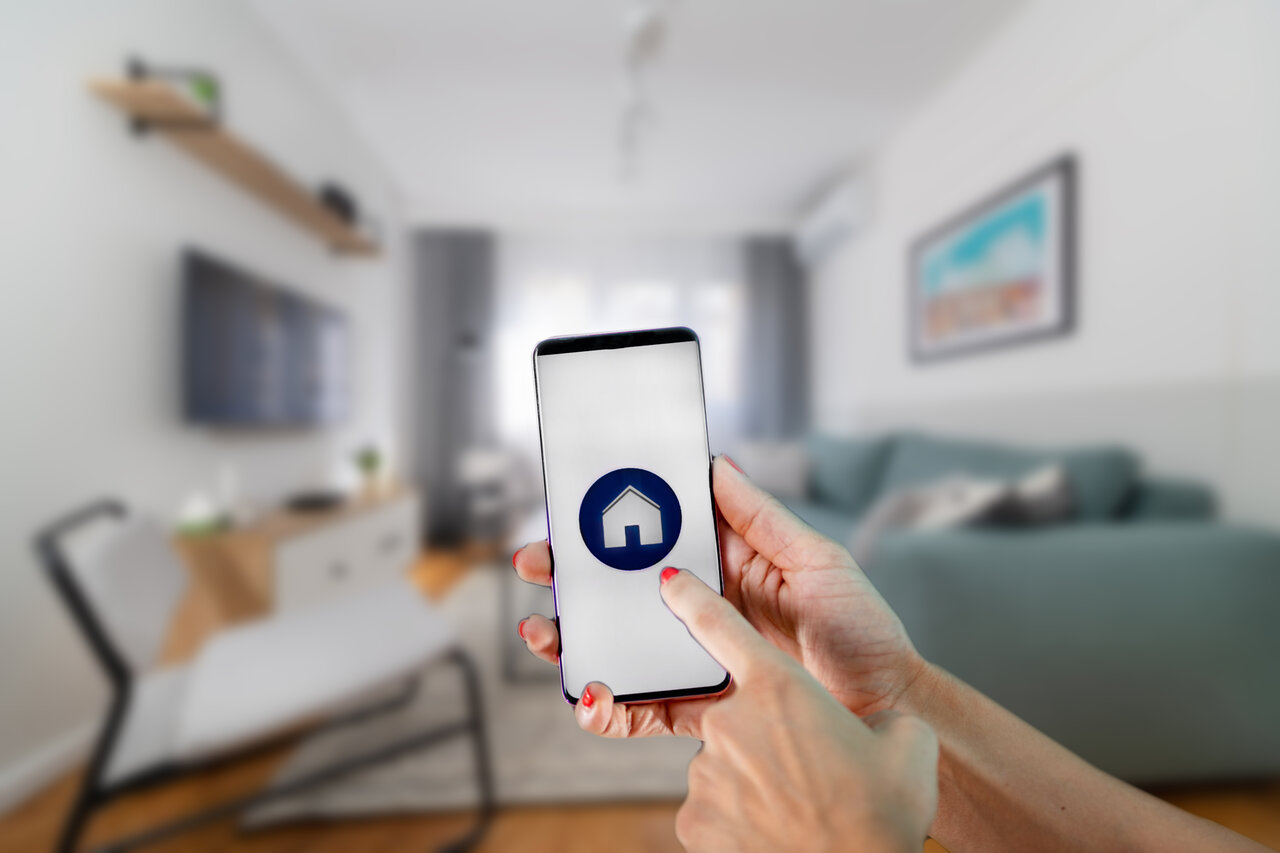
What Exactly Is Home Automation?
Have you ever wondered what it would be like to control your home’s lighting, temperature, and security with just a touch of a button? Well, wonder no more because home automation is here to make your life easier and more convenient. Home automation is a relatively new concept that has been rapidly gaining popularity in recent years.
With advances in technology, we can now control almost every aspect of our home, from kitchen appliances to security systems, from anywhere in the world, using our smartphones or tablets. In this article, we explore the concept of home automation, its benefits, and how it works. Whether you are a tech-savvy homeowner or just curious about automation solutions, read on to learn more about the exciting world of home automation.
What Is Home Automation?
Home automation is an exciting and rapidly growing field in the tech industry. Smart home automation systems are devices that can be connected to your existing appliances, lighting, security systems, and other aspects of your home. These systems allow you to easily control all of these elements from one central hub or app on your phone.
In addition to providing convenience and comfort, home automation also offers enhanced safety features such as motion sensors and smart locks for added protection against intruders. You can also use voice assistants like Alexa or Google Home to set alarms and lights remotely when away from home. Automation systems can even connect smoke detectors so they will notify you if any dangerous situations arise while you’re away.
How Does Home Automation Work?
Home automation works by using smart devices that are connected to a central hub or network to control lighting, temperature, security, entertainment, and other aspects of a home. The devices can be controlled by a smartphone or voice commands, allowing homeowners to adjust settings and monitor their homes from anywhere.
The technology behind home automation includes sensors, wireless communication, and artificial intelligence to learn and adapt to homeowners’ habits and preferences. Some common examples of smart home products include smart thermostats, smart locks, and smart lighting systems. Home automation can save energy, enhance security, and improve convenience and comfort for homeowners.
What Features Are Available Through Home Automation Systems?
If you’re considering investing in a home automation system, here’s an overview of the features that are available:
- Smart lighting: One of the most popular features of home automation systems is the ability to control lighting remotely. This means you can turn the lights on and off, dim them, and even change the color of the light with your smartphone or tablet. Some systems also use motion sensors to automatically turn lights on when you enter a room and turn them off when you leave.
- Climate control: Home automation systems give you the ability to control your home’s heating and cooling remotely. This means you can adjust the temperature before you arrive home, ensuring a comfortable environment when you walk through the door. Some systems use sensors to detect when you’re home and adjust the temperature accordingly, saving energy and reducing your heating and cooling bills.
- Home security: Smart home systems can enhance your home security by providing remote access to security cameras, door locks, and alarms. You can receive alerts on your smartphone if there is any activity in your home, allowing you to respond quickly if necessary. Some systems also allow you to monitor your home’s energy usage and receive alerts if there are any anomalies that could indicate a problem.
- Entertainment: Smart technology can also control home entertainment systems, including TVs, sound systems, and streaming devices. This means you can use your smartphone or tablet to select and play music, movies, and TV shows, and even adjust the volume and other settings.
- Voice control: Many home automation systems now offer voice control, allowing you to control your home’s features using voice commands. This means you can turn lights on and off, adjust the temperature, and even lock doors without having to touch a button.
- Etc.
What Is The Difference Between Smart Home And Home Automation?
The terms smart home and home automation are often used interchangeably, but there is a difference between the two. Home automation refers to the use of technology to automate tasks and functions within the home, such as turning lights on and off or adjusting the temperature. Smart home, on the other hand, is a more comprehensive term that refers to the use of technology to create a fully integrated and connected living space.
A smart home includes not only home automation features but also advanced technologies such as voice-controlled assistants, security systems, and energy management tools. While home automation is a subset of smart home technology, smart home technology encompasses a broader range of features and functions.
Are Smart Home Devices Energy Efficient?
Many smart home devices, such as thermostats and lighting systems, are designed to optimize energy usage and reduce waste. For example, smart thermostats can learn your daily routine and adjust the temperature accordingly, resulting in energy savings. However, not all smart home devices are created equal, and some may consume more energy than their traditional counterparts. It’s important to research and choose smart home devices that are energy efficient and have a low standby power consumption.
How To Create A Smart Home
Creating a smart home involves integrating various devices and systems that communicate with each other through a central hub or app. The first step is to evaluate the different types of smart devices available, such as smart thermostats, smart lighting, smart security cameras, and smart speakers. Once you have decided on which devices to purchase, you need to ensure they are compatible with each other and can be controlled through a single app.
Setting up a reliable and secure network is also important to ensure connectivity between devices. Lastly, it is essential to consider privacy and security by enabling two-factor authentication and creating strong passwords for your smart home devices. Overall, creating a smart home requires careful planning, research, and consideration of different factors to ensure a seamless and secure experience.
Examples Of Smart Home Technologies
Here are some examples of smart home technologies that are currently available in the market:
- Smart thermostats: These automation gadgets can learn your temperature preferences and adjust the temperature of your home accordingly. They can also be controlled remotely through your smartphone, allowing you to turn on the heat or air conditioning before you arrive home. Additionally, they can help you save on energy bills by automatically adjusting the temperature when you’re away from home.
- Smart security systems: Smart security systems can provide an added layer of security to your home. They include cameras, sensors, and alarms that can be controlled remotely through your smartphone. They can alert you if there is any unusual activity in your home, and some systems can even contact emergency services if necessary.
- Electronic locks: Smart locks can be controlled remotely through your smartphone, allowing you to lock or unlock your doors from anywhere. Some smart locks can also allow you to create digital keys for family members or guests, and can even notify you when someone enters or leaves your home.
- Smart appliances: Smart appliances, such as refrigerators, ovens, and washing machines, can be controlled remotely through your smartphone. They can also provide you with real-time information, such as when a load of laundry is finished or when you need to buy groceries.
- Voice-activated assistants: Virtual assistants like Amazon’s Alexa or Google Home have become increasingly popular in the past few years. They can control various aspects of your home, from turning off the lights to playing music, all with a simple voice command. They are also constantly learning and improving, making them an essential part of any smart home ecosystem.
Shop For Home Automation Systems
Sting installs and links together all your home automation devices (smart thermostat, smart lighting, video surveillance, video doorbell, smart water valve, garage door, smart lock, alarm, sound system, etc.) under one online application so that they can communicate together. You can trust our experts to guide you in the best home automation solution. After installing the devices, we take the time to program the system according to your needs.
